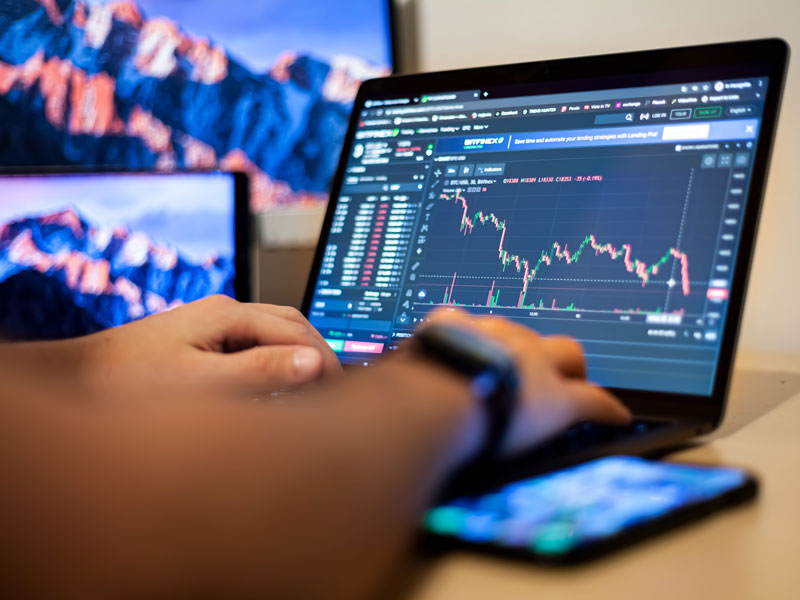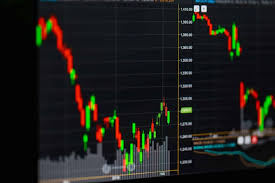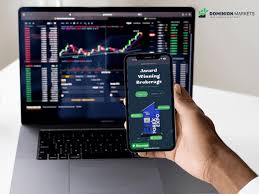
In the world of currency trading, a robust forex trading system is essential for success. A forex trading system encompasses various elements, including strategies, analysis techniques, and risk management practices. Whether you are a seasoned trader or a beginner venturing into the forex market, understanding how these systems work can greatly enhance your trading experience. In this article, we will delve into the intricacies of forex trading systems, including how to set them up, the different types available, and tips for maximizing their effectiveness. For a reliable partner in your trading journey, consider engaging with forex trading system Trading Broker Global.
What is a Forex Trading System?
A forex trading system is a structured approach to trading that includes a specific set of rules and guidelines for entering and exiting trades. These systems can be based on technical analysis, fundamental analysis, or a combination of both. At its core, a trading system helps traders to make informed decisions, manage risk, and maximize profit potential.
Components of a Forex Trading System
Every effective forex trading system typically includes the following components:
- Strategy: This could be trend following, mean reversion, breakout, or any other method that suits the trader’s style.
- Indicators: Commonly used indicators include moving averages, MACD, RSI, and Fibonacci retracements, which assist in analyzing price movements.
- Risk Management: This entails setting stop-loss orders, managing leverage, and determining position sizes to protect capital.
- Psychological Factors: Maintaining emotional discipline is crucial, as trading can be stressful and can lead to impulsive decision-making.
Types of Forex Trading Systems
Forex trading systems can be categorized into several types, each catering to different trading styles and preferences. Let’s explore some of the most popular options:
1. Manual Trading Systems
This type of system requires traders to make decisions based on their analysis and judgment. Manual trading allows for flexibility, but it also demands a significant amount of time and effort in research and market observation.

2. Automated Trading Systems
Automated or algorithmic trading systems use computer programs to execute trades based on predetermined criteria. These systems can analyze vast amounts of data at high speeds, making them advantageous for traders who prefer a hands-off approach.
3. Semi-Automated Trading Systems
This hybrid method combines both manual and automated approaches. Traders can set parameters for the automated system to follow while retaining the ability to intervene as needed.
Key Strategies in Forex Trading Systems
Adopting the right strategy is crucial to the effectiveness of any forex trading system. Here are some key strategies that traders commonly use:
1. Scalping
Scalping involves making numerous small trades throughout the day to capture minute price movements. This strategy demands quick execution and a strong understanding of market dynamics.
2. Day Trading
Day trading involves opening and closing positions within the same trading day. Traders capitalize on short-term price fluctuations and avoid overnight risks.
3. Swing Trading
Swing traders hold positions for several days or weeks, aiming to profit from expected price swings or reversals. This strategy requires patience and a solid grasp of market trends.
Tools and Resources for Building a Forex Trading System
Setting up a forex trading system is enhanced by utilizing various tools and resources. Here are some essential ones:
- Trading Platforms: Platforms like MetaTrader 4 (MT4) and MetaTrader 5 (MT5) offer comprehensive charting tools, indicators, and automated trading capabilities.
- Economic Calendars: Staying informed about economic events can help traders understand potential volatility and market movements.
- Trade Journals: Maintaining a trade journal helps track performance, analyze past trades, and refine strategies.

Backtesting Your Forex Trading System
Before deploying a trading system in live markets, it’s crucial to backtest it against historical data. This process entails analyzing how the system would have performed based on past market conditions. Backtesting provides insights into the system’s effectiveness, helping traders refine their strategies further.
Steps for Effective Backtesting
- Choose a trading platform that supports backtesting functionality.
- Select the currency pairs and timeframes you wish to analyze.
- Define the rules of your trading system.
- Run the backtest and analyze the results, focusing on metrics like win rate, maximum drawdown, and overall profitability.
Risk Management in Forex Trading Systems
Effective risk management is at the heart of a successful forex trading system. It ensures that traders protect their capital and minimize potential losses. Here are some key risk management techniques:
1. Setting Stop-Loss Orders
Stop-loss orders automatically close a position at a predetermined loss level. This prevents traders from holding onto losing trades and potentially incurring larger losses.
2. Adjusting Position Sizes
Determining the appropriate position size is crucial based on account equity and risk tolerance. Many traders use the 1% rule, which suggests risking no more than 1% of the total account balance on a single trade.
3. Diversification
Diversifying trades across different currency pairs can reduce overall risk. By spreading exposure, traders can avoid significant losses that may arise from a single pair’s poor performance.
The Role of Psychology in Forex Trading
Trading psychology plays a significant role in the success of any forex trading system. Emotional discipline is essential to avoid decision-making based on fear or greed. Here are some psychological factors to consider:
1. Emotional Discipline
Traders must remain calm and rational, especially during periods of volatility. Sticking to the plan and avoiding impulsive decisions can greatly improve trading outcomes.
2. Setting Realistic Goals
Setting achievable trading goals can prevent disappointment and maintain motivation. Traders should focus on long-term profitability rather than short-term gains.
Conclusion
In conclusion, a comprehensive forex trading system is essential for success in the currency markets. By understanding the components, types, and strategies involved, traders can enhance their chances of realizing consistent profits. Effective risk management and psychological discipline are equally vital in navigating the complexities of forex trading. Whether using a manual, automated, or semi-automated system, the key lies in continuous learning and adaptation to changing market conditions.
As you embark on your forex trading journey, take the time to develop a robust trading system that aligns with your trading style and risk tolerance. With diligence, practice, and the right tools, the forex market offers significant opportunities for those willing to invest the time and effort to succeed.
